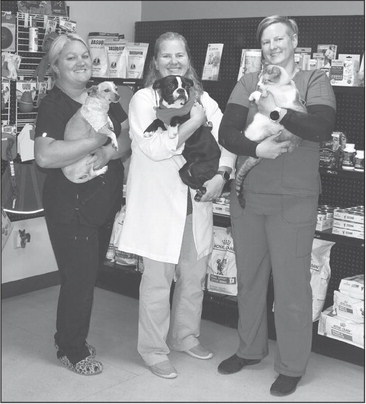A Day in the Life…


By Cheyenne Thomas When people think about the work a veterinarian does, Dr. Jennifer Nemec said people often are influenced by what they see on TV. In TV shows, the ...


By Cheyenne Thomas When people think about the work a veterinarian does, Dr. Jennifer Nemec said people often are influenced by what they see on TV. In TV shows, the ...